Take flight this autumn, with a birdwatching break to remember
For a trip with a difference, autumn and winter can be a fantastic time to visit Aberdeenshire to discover the joys of birdwatching. Yes, the days may be shorter, and you’ll need to layer up, but this time of year brings some stunning airborne visitors, as well as hardy year-round residents, to the region’s wild landscape, coastline and shores.
With Dalriada Lodges within sight of the Stonehaven coastline and a short distance away from both the beaches of Cowie and the RSPB centre at Fowlsheugh, we have a birdwatcher’s avian treasure trove right on our doorstep. Or take a short drive inland, to the sublime Cairngorms for the chance of sighting something pretty special.
To get you inspired, we take a look at just some of the bird species you may find on a magical birdwatching trip to the coast, cliffs, mountains and woodlands of Aberdeenshire.
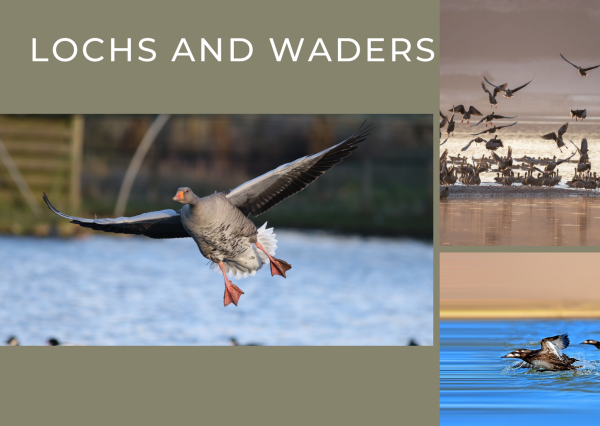
In autumn, the sight of Pink Footed Geese is spectacular. The whole Aberdeenshire area is an important wintering and staging post for around 20% of the world’s Pink Footed Geese population. You can see them close to Dalriada at the Loch of Skene and the RSPB reserve at Loch of Strathbeg where you can also see breeding terms and other migrating waders and wintering wildfowl such as the schedule 1 listed Whooper Swan, usually visiting from Iceland. In one month in autumn 2018, 1600 whooper swans were sighted at the Loch of Strathbeg along with Curlew, Greylag, Barnacle Geese and Peregrine, Velvet Scoter and Slavonina Grebe.
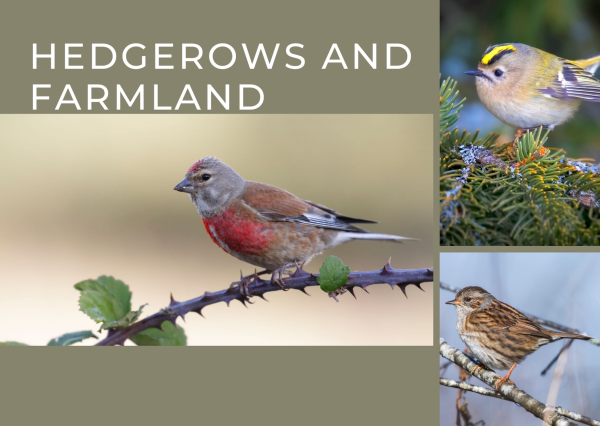
Just a stone’s throw away from Dalriada, you’ll find a variety of habitats for autumnal birds. From hedgerows, woods and nearby farmland to the abundant gorse that borders the local golf course, there’s plenty to capture your attention.
Take a leisurely stroll and you could spot some of the feathered stalwarts of the area, including the crimson liveried Linnet and the shy Dunnock. The Great Spotted Woodpecker can also be spotted, making itself known amongst the broad-leaf trees, with its distinct drumming against the bark. And one for the tick list is the UK’s smallest bird, the Goldcrest, which congregates in flocks during the autumn and winter.
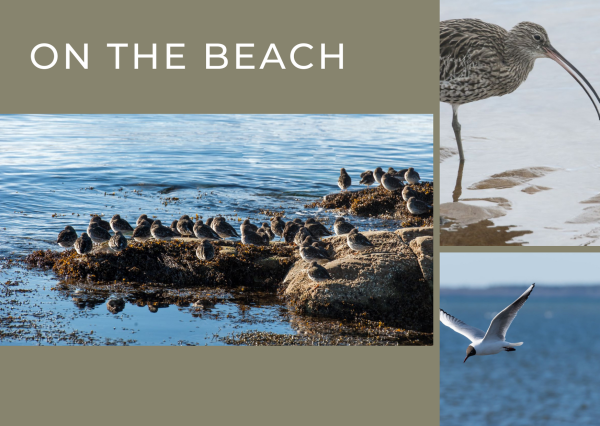
During the summer, the nearby cliffs of Fowlsheugh are packed with over 130,000 breeding birds, including guillemots and puffins. By the time the long, dark nights arrive, these birds have long gone, migrating to their winter feeding grounds. But that doesn’t mean this spectacular coastline is any less intriguing, with some equally fascinating seabirds taking roost.
Autumn sees the arrival of the Red Throated Diver, the smallest of the diver bird family. With the ability to dive underwater for over 1½ minutes, this natural water baby prefers the sea and only comes ashore to breed.
One of Fowlsheugh’s star species, the Fulmar, also makes its comeback in November, identifiable by its trademark ‘stiff wing’ flight as it soars over the cliffs. And, as February comes and winter starts to break, you could also be treated to the unmistakable cry of the Kittiwake, returning to take up its place in the spring’s new breeding colony.
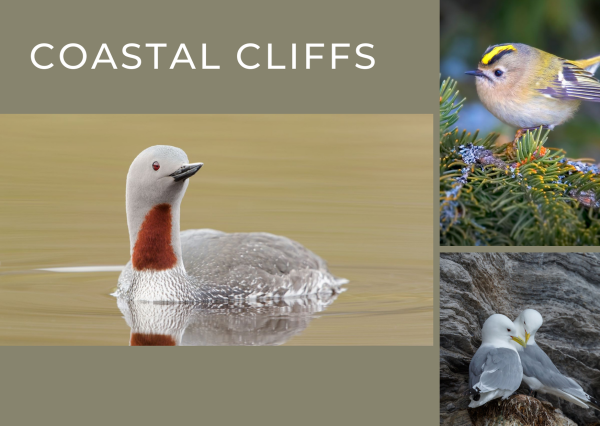
If sand, sea and surf are your happy place, then the cold days are the perfect time to catch sight of some cold weather wading birds. Just a short walk away from Dalriada Lodges is Cowie beach at the northern end of Stonehaven. With its shingle beach and impressive rocky headland, this natural wide bay is a haven for waders, eager to feed in the crisp, clear water.
During the autumn and winter, the beach is much quieter and the expanse of shingle is a pleasure to walk along. Take your time, and you could well spot some of the winter waders making the most the downtime, including the Purple Sandpiper and the Curlew, with its distinctive down-curved bill and melodic call. Or look up and try to spot of some of the year-round gulls taking flight, such as the familiar Herring and Black-headed Gulls.
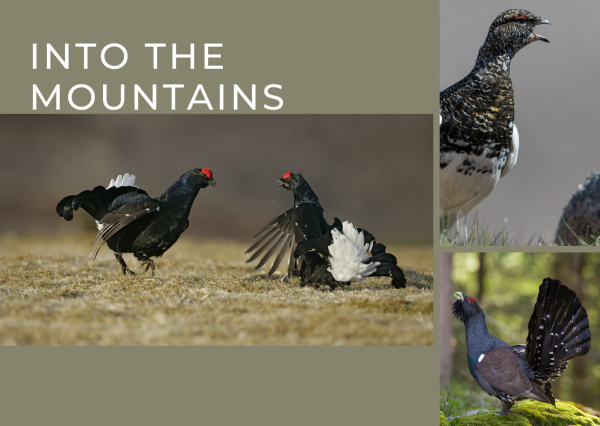
Venture a little further afield, and with the majestic Cairngorms as your backdrop, you could be in for a birdwatching treat. While we can’t promise you’ll see them, the mountains are Golden Eagle territory. One of the UK’s most iconic birds of prey, these magnificent creatures are a sight to behold, with the National Park thought to have up to 50 breeding pairs.
Then there’s the endangered forest-dwelling Capercaillie, a turkey-sized bird native to Scotland, with 80% of its population found in the Cairngorms National Park. Grouse is also synonymous with Scotland, and the stunning landscape of Royal Deeside offers plenty of opportunity to see some of the best, with the Black Grouse and the partridge-like Ptarmigan making the most of its naturally wild habitat.
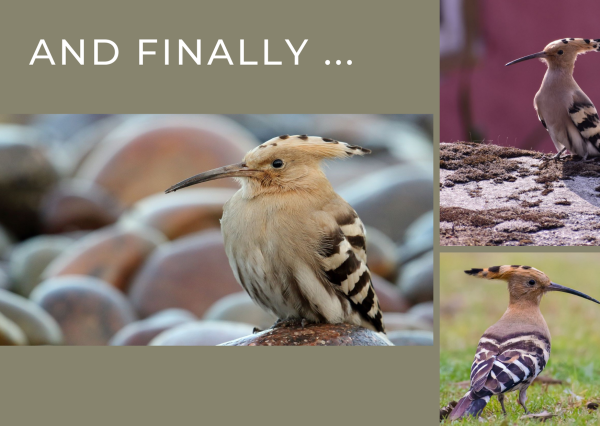
Aberdeen itself has been known to reveal a birdwatching gem, with recent sightings of the Hoopoe, an exotic looking bird which displays an impressive pinkish crest when excited. Spotted in Pittodrie, only one hundred of this rare species are thought to make their way to UK shores every year.
Now that would be the icing on the cake when you take a birdwatching break to Aberdeenshire!
